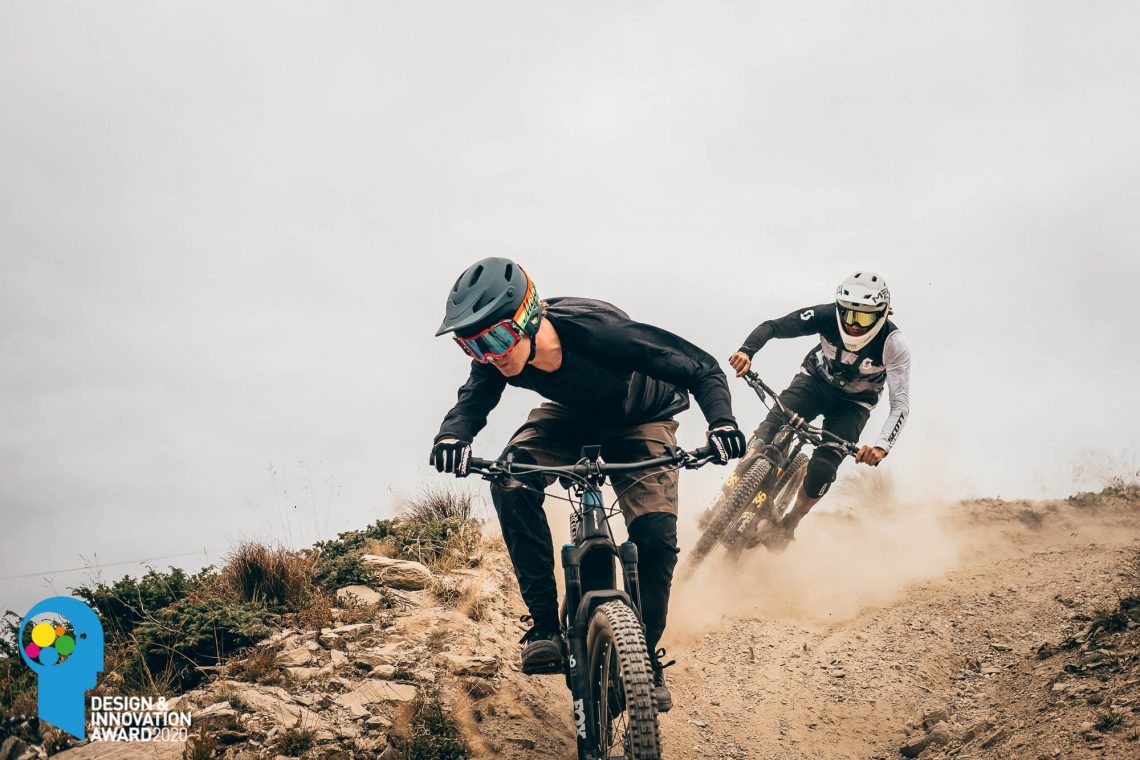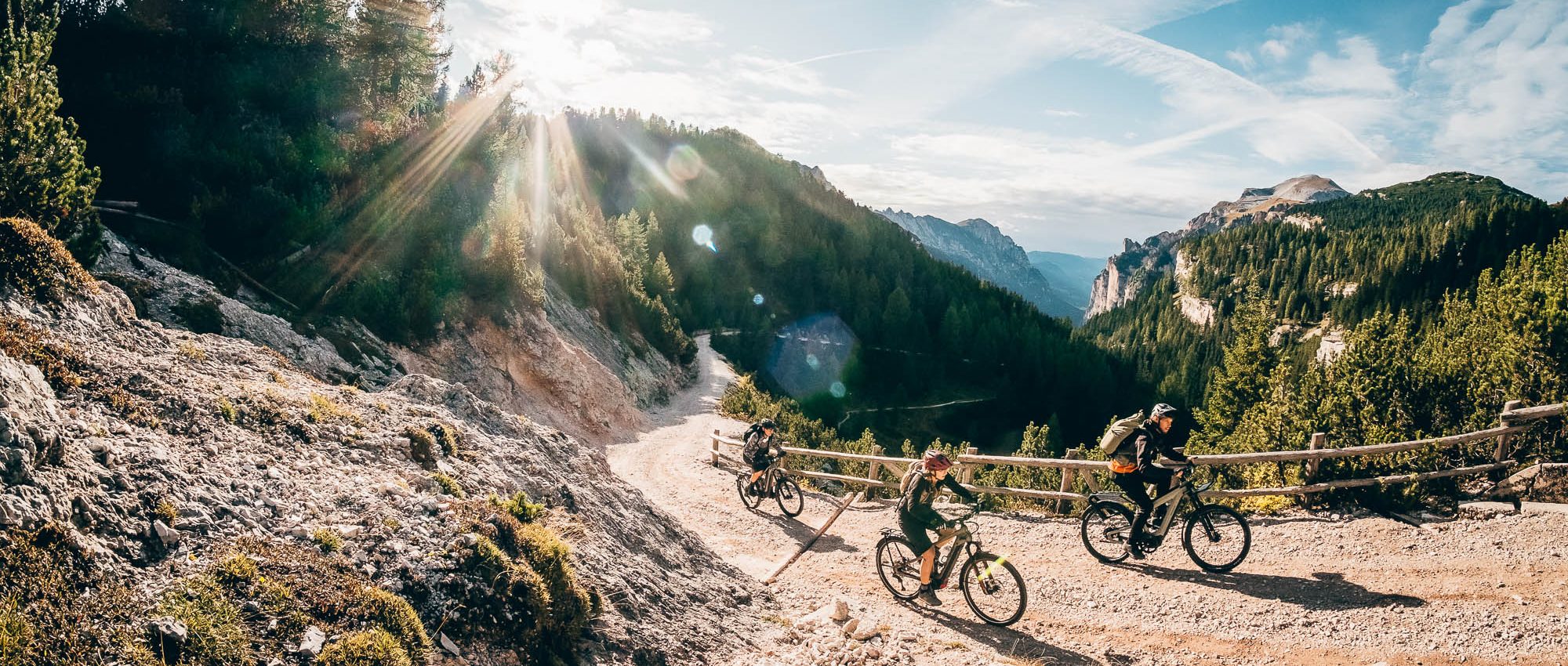The E-Mountainbike sector has long left it’s childhood behind and 2020 ebikes have matured to be even more fun, versatile and better! But how have things developed and what’s happening on the market? What concepts are available and how are they unique?
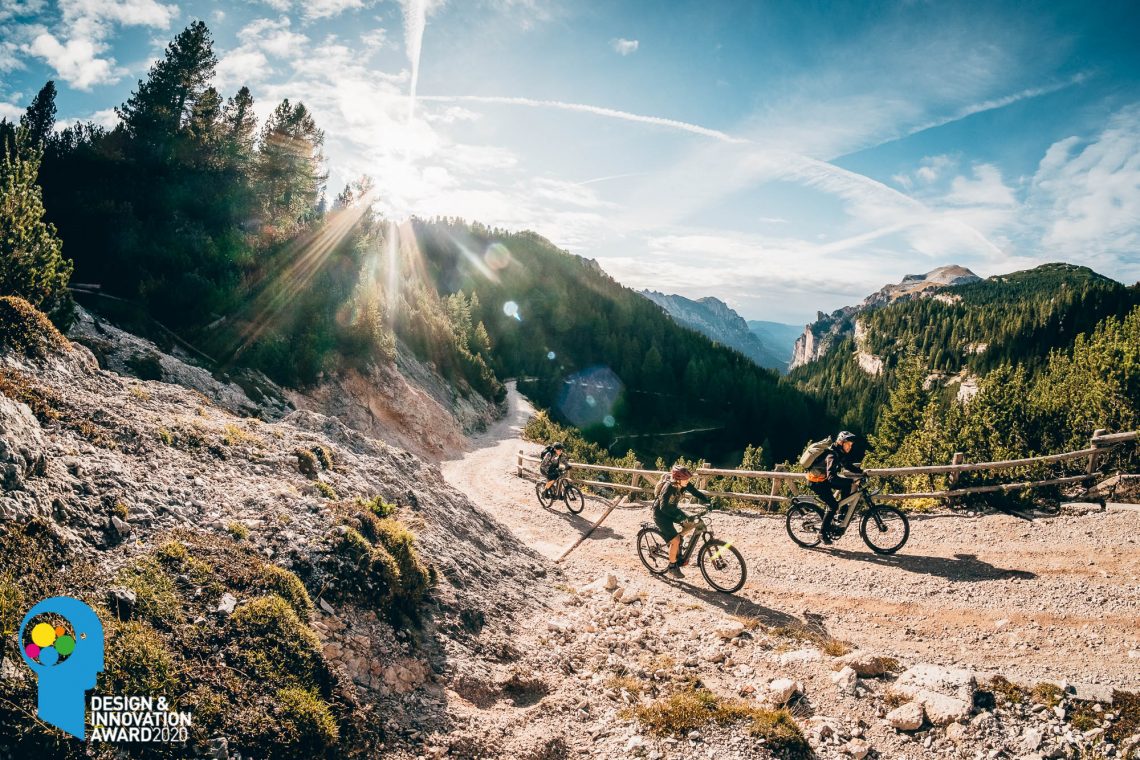
Not so long ago, ebikes were still being laughed at and dismissed as pensioners’ bikes. Today they represent the cutting edge of technological development and according to some prophecies, herald the end of the non motorised bike.
Uncertainty about this new development amongst customers has fallen and few now have to question whether E-MTBs are mature enough. Rightly so. Because they are ready for anything you can throw at them. It’s no longer just about whether an eMTB can keep up with its non motorised siblings but about whether it offers a coherent concept of its own. We have summarised the most important trends and show you where things are going.
1. Understanding the overall concept
The use case of an eMTB is determined by the combination of motor, geometry, suspension and components. At this point, there’s almost nothing that doesn’t exist. From eSUVs that can be used every day but still shine on moderate terrain all the way to absolute trail rockets that replace the traditional uplift, everything is available. Elaborate integration and technical features that make bikes more versatile are on the rise, just like the awareness that buying an eMTB isn’t just about the highest battery capacity or the most powerful motor. Much more important are the individual and personal requirements for an eMTB. If you’re clear about that you can choose a fitting battery concept – and often that doesn’t even mean having the largest capacity. A bike is more than the sum of its parts and the arms race for battery size, motor power or travel rarely results in better bikes. The holistic concept of an eMTB is the deciding factor.
2. New battery and motor concepts
More battery capacity inevitably leads to compromises in terms of trail performance, handling and everyday use. Therefore: as much as necessary, as little as possible.
With battery capacity, more isn’t automatically better. A larger battery means more weight and due to the larger size of the battery usually results in worse weight distribution. The weight, height of the centre of gravity and weight distribution have a huge influence on the handling of a bike. Additional externally mounted batteries also lead to compromises in handling, with the centre of gravity tending to rise.
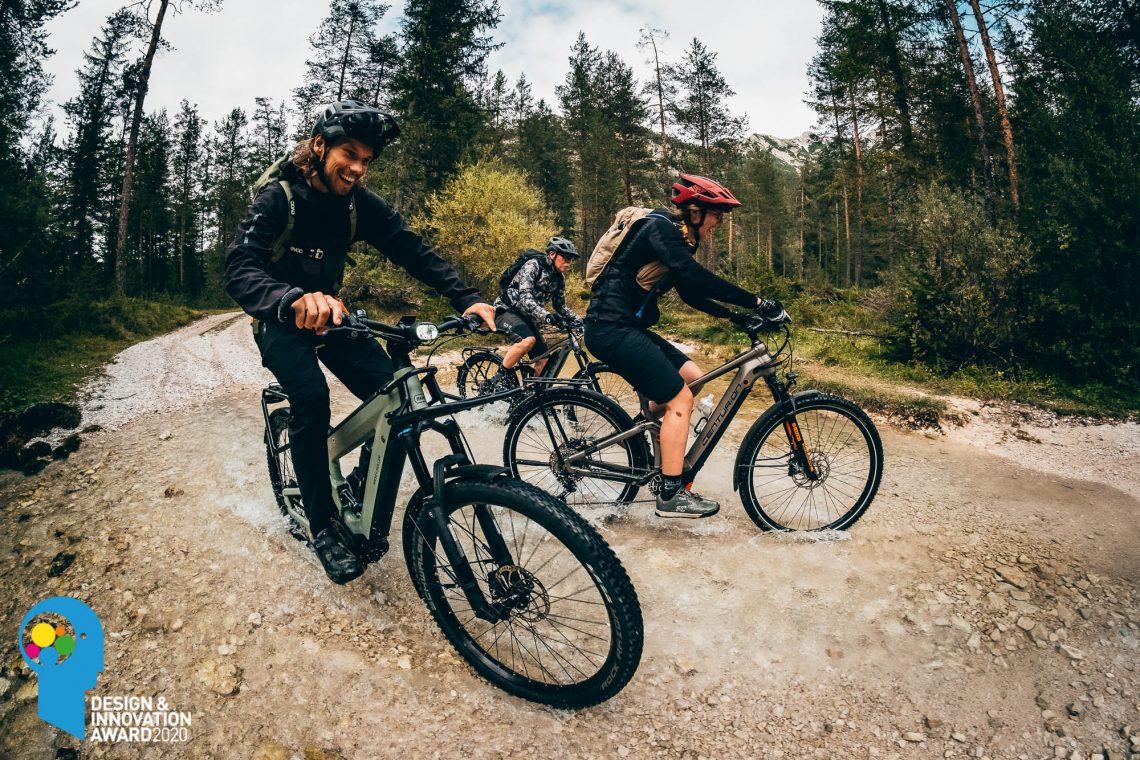
Fun hours instead of watt-hours? Much rather a short trip with maximum fun than a never ending grind on a Sunday ride with an unnecessarily heavy bike that’s equipped for an Alpencross.
Batteries larger than 500 Wh are no longer a rarity, meaning increasing range further is becoming less of a priority for many riders. Several manufacturers even offer customers the choice of different battery capacities to suit their needs.
Die richtige Frage lautet also nicht: „Welches E-Mountainbike hat die größte Reichweite?“ Sondern: „Welches E-MTB-Akku-Konzept passt zu mir?“
Extremely light eMTBs with a FAZUA system, that can also be ridden with the battery removed as non motorised bikes, are increasing in popularity. Manufacturers such as NOX Cycles and Lapierre already offer 2-in-1 solutions that let you convert them very quickly. We’re expecting some additional exciting models for 2020.

3. Individualisation
Your bike should be just as individual as you are. Let them all talk! You think neon yellow, dark brown and purple make for a great colour combination? Then order your bike in exactly those colours. Orbea offers their MyO configurator which lets you choose various frame details and colours freely. Trek offers a similar service with their Project One configurator, letting everyone create their own unique bike. The less colour-crazed amongst you should nonetheless take a closer look at configurators such as those offered by SIMPLON or Liteville. Alongside components like forks, brakes, tires etc. components can also be adjusted to fit your body in advance. Having chosen the right frame size, you’ll often be able to choose the appropriate spring weight or the length of your dropper post. That lets you optimise your bike for your personal trail performance before you’ve even bought it. But practical components such as mudguards or a high-quality light system are also often available as extras, and you won’t even have to resort to duct tape or zip ties – most of the time.
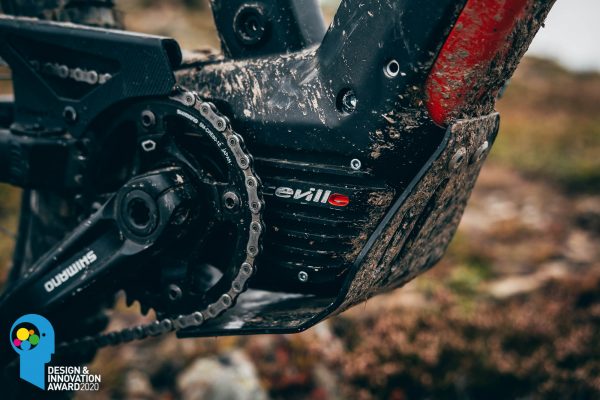


4. Networking and connectivity
Several manufacturers such as Riese & Müller and Greyp are driving forward the development of connected bikes. That doesn’t just help improve safety, theft security, efficiency and comfort on your ebike, but intelligent and connected mobility as we’ve come to know it in science fiction is becoming reality. While not all bikes for 2020 will be able to communicate with each other and many customers will likely not even want this, the options available are becoming ever more versatile. In the near future they could even help contribute to solving some of the problems facing urban mobility. This vehicle to vehicle communication also opens up opportunities to augment the biking experience with gamification and virtual reality.

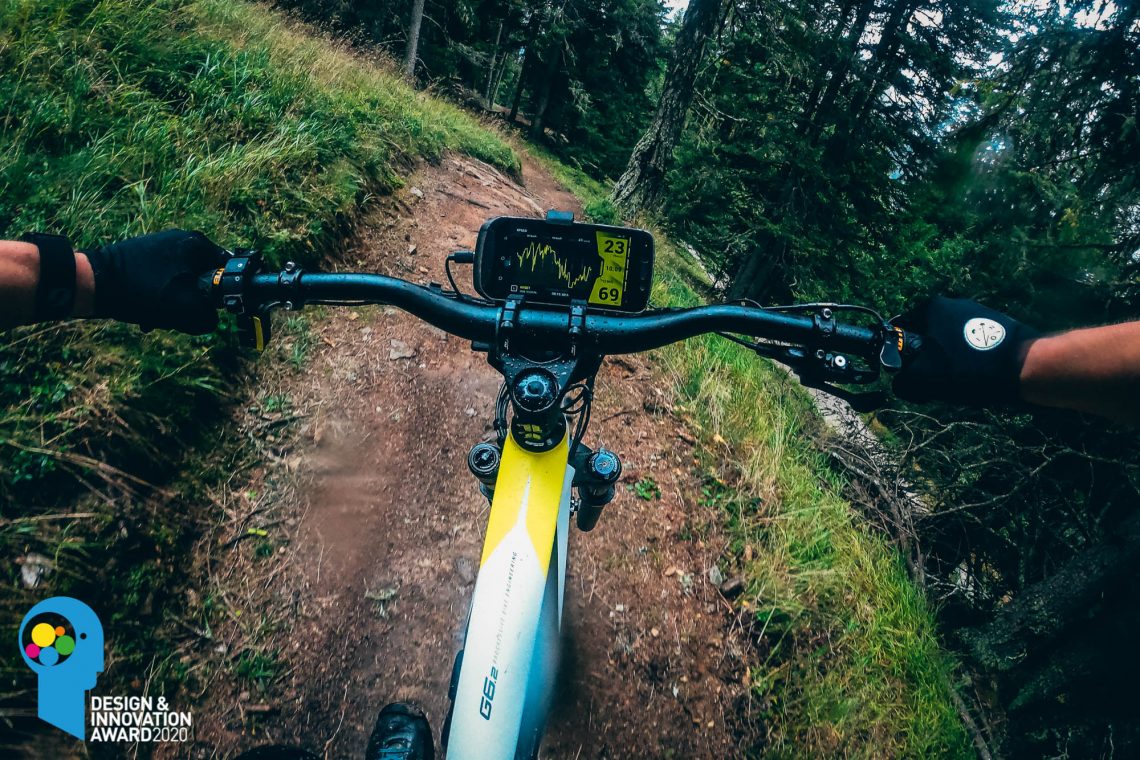
5. Integration and ergonomics
Wide bars, dropper posts, sensibly positioned charging ports and powerful motors are now expected as standard and are often integrated neatly into designs. In terms of usability and ergonomics there have also been positive developments. Comfortable saddles for longer rides are just as widespread as neat and tidy cockpits. The mess of cables and brake hoses is becoming a thing of the past thanks to wireless components or smarter internal routing. But for 2020, there will be several manufacturers who still haven’t managed to sensibly integrate the speed sensor into the frame, despite there being minimal and well thought out designs for all motor systems.
6. Danger: design over function
New geometry and design trends can and should be be examined critically. Look at the newest trend for SUV eMTBs: this category has great potential and offers interesting opportunities. Unfortunately, in striving for muscular and purposeful aesthetics, these bikes often suffer compromises in terms of handling. While heavy, wide top tubes might look aggressive and cool, they reduce the feeling of security, freedom of movement and in turn impact on riding fun and handling. We’ve no doubt that the future for SUV eMTBs is bright, but some trends lead to dead ends…

There’s hardly a component that has changed mountain biking in recent years as much as the dropper post so it’s unsurprising that it’s basically a standard component on eMTBs as well. We’re of the opinion that the more travel available, the better. That makes it all the more annoying that some frames limit this due to the short insertion depth of the seat post. Proponents of a new idea are Liteville, BULLS and ROTWILD, who all use the unique integrated dropper post from EightPins that offers up to 228 mm travel. But conventional designs can provide enough travel too. With compact droppers like the OneUp Components V2 you can squeeze a little extra dropper post travel out of many frames.
You can find all the information on the awarded products here.
